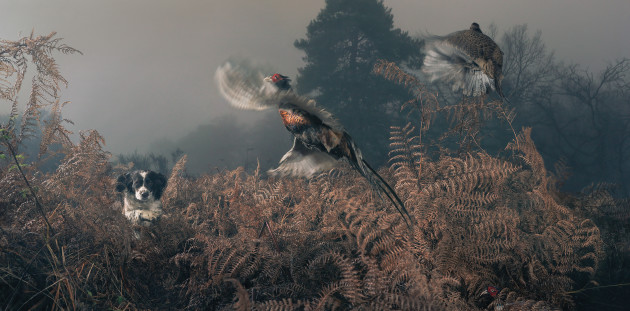
To generalise or specialise? In a world where visual communication reigns, standing out from the crowd is crucial. Amanda Copp talks to some of the industry’s best niche photographers, as they attempt to solve the age-old dilemma.
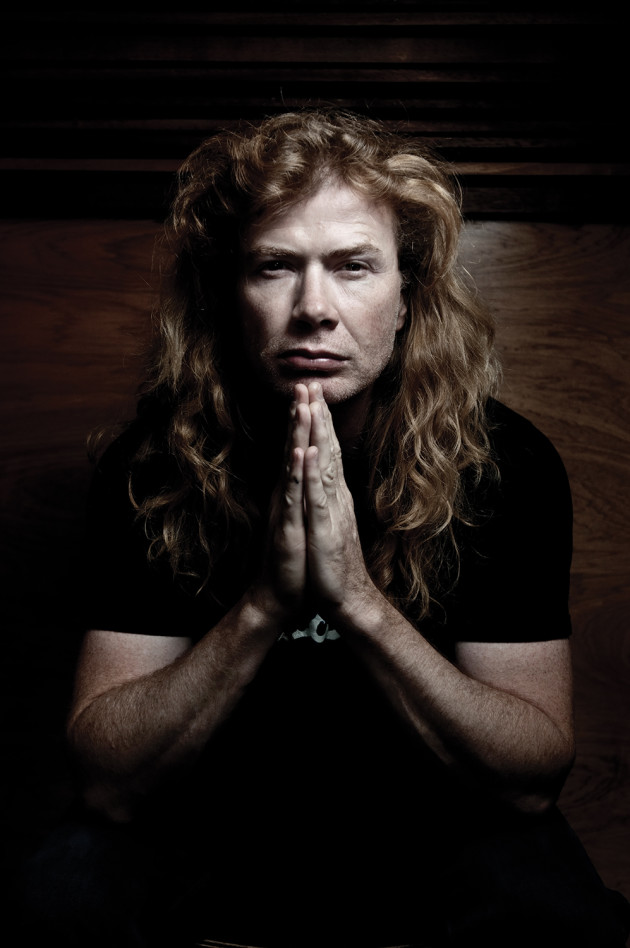
For years, people have been asking whether it is better to generalise or specialise in today’s saturated market. There is an abundance of aspiring photographers in the industry and developing a strategy to stand out in such a market has become more important than ever. Rising up from a growing pool of competition, are people choosing to specialise. As photography genres multiply, photographers are forming increasingly narrow niches for themselves, yet jack-of-all-trades photographers continue to stay afloat and find success in today’s volatile market alongside their specialised peers. Regardless of changing times and the associated challenges, the portrait industry provides huge opportunity for those willing to dive in.
The new normal
Tim Flach is a prominent, animal photographer, based in London. “In the past it may not have been geographically practical to be a specialist,” he says. “You had to be the GP, or the general practitioner photographer, of your local community.” Now, bigger cities and the Internet allow larger client bases for photographers, and specialisation is possible more and more often. “We have a global community and, as such, the potential to specialise. A specialist always needs to have customers and customers can be all around the globe today,” says Flach.

Make a name for yourself
Amidst a rising tide of photographers, specialising can often be the lifesaver that buoys a photographer’s careers towards recognition. Joshua Holko, the 2014 AIPP Science, Nature and Environment Photographer of the Year specialises in polar photography. “Specialising and pigeon-holing used to be seen as a negative. But I think nowadays it’s very important to specialise so that you can be differentiated, rise above competitors and be found by your clients.” Holko says, without a doubt, being a polar specialist is what helped his career. In the portrait industry, Alex Vaughan, shoots primarily headshots, and more specifically, actor headshots. “People want to find specialists in the field that they’re looking for a particular service,” she says.
Ken Drake, the photographer behind Brisbane’s well-known Zoo Studio, specialises in animal photography. “Being a specialist helps me get the best out of the subjects all the time. I can really study it and I’m practicing it day in, day out,” he says. “You get really good at it and that’s what being a specialist is all about.” His wife Rebecca runs the business, sales and marketing side of their studio. “Ken has exceptionally strong skill sets that a lot of other photographers can’t replicate,” she says. “In this market we’re thriving, not just surviving, because of the fact that we’re very, very niche.” Keri-Anne Dilworth, a successful birth photographer based in New Zealand, says another benefit of choosing a niche is that there is far less competition and therefore it’s easier to be successful. “The struggle comes with entering into, and growing within, a [niche] industry that isn’t established,” she says. Like many niches, birth photography was initially met with much confusion and criticism from the public. “I still get the weird looks and ‘You photograph what!?’ reactions,” says Dilworth. Only recently are people beginning to see it as the art form it is.
Rise of micro niche
Islands of specialisation are forming on the sea of competition. But each year the number of islands increases and the market becomes competitive again, even within specialised fields. As the broader niches such as wedding, landscape and portrait photography become broad labels, the concept of micro niches has started to gain momentum. Photographers are carving increasingly narrow specialisations and quite often succeeding.
One person who knows all about super-specialisation is US photographer Seth Casteel, who made his fame and fortune from photographing dogs and puppies exclusively underwater for a period of time. “Photographers should have a niche while exploring micro niches,” he says. “Many of the micro niches may prove unsuccessful, but perhaps a few of them will connect. You just never know,” he says. “For me, one day a dog jumped into pool and I thought, “Holy smokes, this is incredible! I need to photograph this!” That decision resulted in a New York Times best-seller book of his very own. But he warns against the danger of getting stuck in too narrow an area for too long. “I’d be a fool to think Underwater Dogs will maintain its popularity forever, so I will adapt and evolve over time, exploring other micro niches within my niche, and who knows, perhaps diving into something completely different too!”
People run into problems when their niche starts to confine them. Fellow animal photographer, Tim Flach agrees. “You have your specialisation, but you must try things and step outside that box. I’m an animal photographer, but I might photograph people some days,” he says. “Doing this informs and enriches your specialisation. Once you know something that works, it’s often very difficult to step outside that and explore new avenues. Have that foundation, but you must have a broader curiosity and willingness to tread into the unknown again.”
Learn to say “no”
While there are many positives to specialising in today’s saturated market, sacrifices are necessary to achieve success. Zoo Studio couple Ken and Rebecca Drake say their first years as animal specialists were really tough. Focusing on a niche often requires saying “no” to other opportunities as you make a name for yourself in that area. “We were saying no to weddings, no to family portraits, no to corporate headshots and event photography. We said no to a lot of things because we wanted to really focus. If you decide to go niche, you must have the discipline to say no to other opportunities that come into your path.” And as many emerging photographers will know, making those decisions can be problematic when you are strapped for cash.
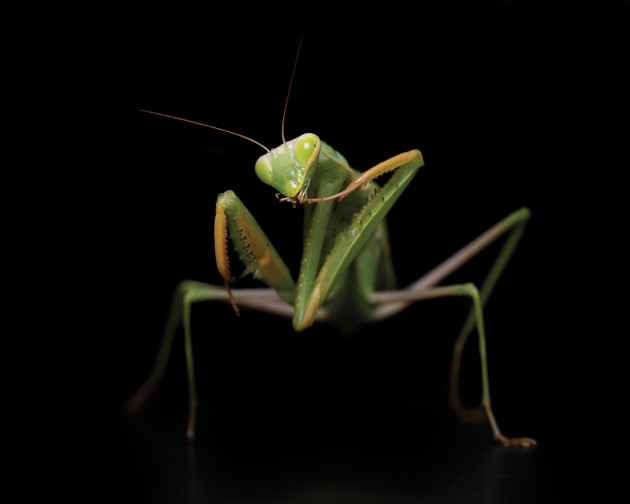
Do it all
When you’re starting out as a specialist, if you focus too much on the less positive aspects, all of a sudden being a generalist can start to look rather appealing. The market for a generalist is pretty much anyone in need of a photographer, and this creates a seemingly infinite number of potential clients. Generalists are taking the profession of “photographer” to a whole new level as they sweep across the photography world. Spreading themselves across multiple genres, they are multitasking and up-skilling on a daily basis.
Ben Vella is a self-professed generalist and this persona is reflected through an aptly named website, shooteverything.com. With a passion for learning new skills, he has found success through generalising. “The only attribute you need is the willingness to get out there and try, as well as the capacity to take a few knocks along the way. When approaching new things all the time, inevitably there’s going to be a learning curve.” He says the skills he learns on various jobs can easily cross between genres. “Shooting sport, your knowledge about shutter speeds and depth of field can be applied to your landscapes and your landscape skills you can apply to your portraits. It all crosses over.”

When asked to shoot something he may not be familiar with, Vella says he does a lot of research and practice before the event. “If you’re going to turn up and offer your services, regardless of money or not, you need to be up front with what you’re able to deliver.” A key strategy of his is assisting more specialised photographers prior to working in unfamiliar territory.
The trouble with marketing
There are certainly negative sides to generalising. Vella admits his biggest challenge is marketing. “It’s really hard to pick a target audience, because really you’re marketing yourself to everyone who needs photography.” In this visual age, it’s easy for a photographer’s work to get lost in a tide of images bombarding prospective clients. Rising above this often comes in the form of effective marketing. “It’s more difficult to have an artistic voice when you’re generalising,” warns Drake. “You’re shooting headshots one week, then landscapes the next, and families the week after that. It’s more difficult to show off an individual style and have an artist’s voice as a photographer. And in this kind of market, it’s important to have a style and an artist’s voice.”
Brisbane portrait photographer, Angie Petersen, is now specialising in birth photography and has found the transition very beneficial. “Right before I fully turned the corner, I was doing weddings, and also babies. But it’s a totally different market. So when I’m marketing weddings, I have totally different flyers, marketing material, and websites. It doubles the cost and when trying to spread yourself across two markets, and one suffers. Since I decided to focus on maternity, birth and newborns, that’s when it all started happening, and bookings started to roll in as clients saw me as a specialist in my genre.”
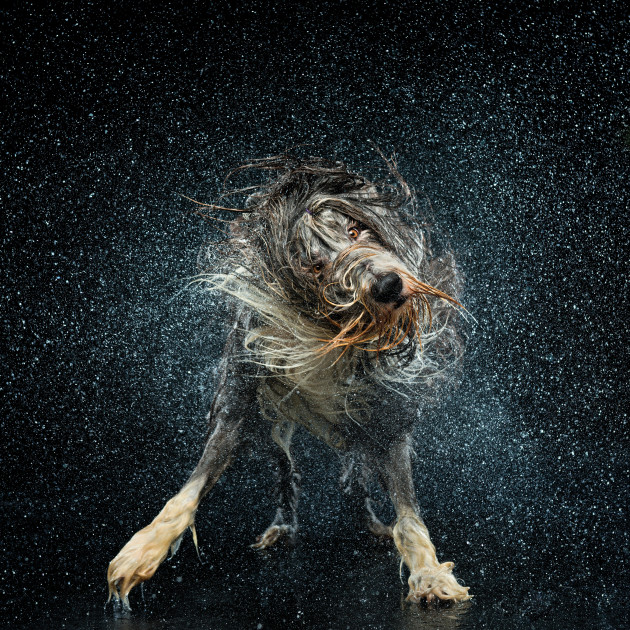
Paradoxes
Julian Dolman is a Melbourne-based, headshot photographer who specialised in actor headshots. He brings up the intriguing question of whether generalising is a specialisation in itself. “Making a conscious decision to have a broader skill set is, in a sense, being a specialist. You can come in to do anything, and that’s your skill set.” The concept is a little paradoxical, but may well be true. As more genres are created, inevitable cross overs between niches form. Dolman says that he wonder if generalising is going to be a niche that’s called on more and more.

Follow your passion
The reality is that there are positives and negatives on both sides of the generalist/specialist debate. “It’s hard one to say that one approach is better than the other,” Vella says. “It’s more so about what you’re interested in. I really like shooting all different things because I like to be challenged and I like continuing that learning process.” But this isn’t suited to everyone and deciding to specialise can be a confusing task. Following your heart and being passionate should be the number one consideration. When deciding on a niche, birth photographer, Natasha Hance says that taking time to really try different things and explore who you are and who you want to be as a photographer is crucial. “When you come across the niche that you feel sparks something inside of you, pour everything into learning everything you can about that niche,” she says. Learn what kind of obstacles photographers face in that niche and research how to master those because every niche has its own rules and obstacles.”
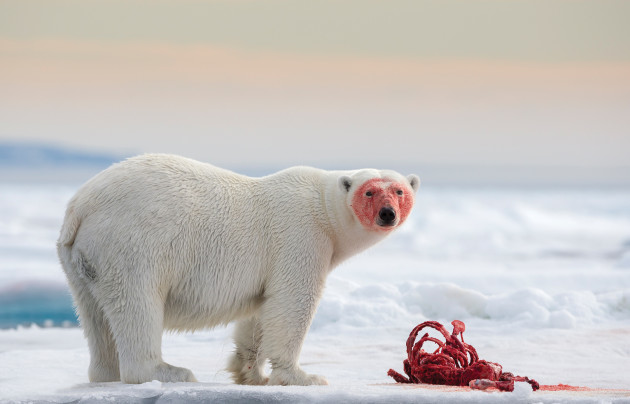
Know the market
It’s one thing to decide on a niche, but you have to ensure that people actually want the product/service that you’re offering. In the Drake’s experience, realising this was critical. “Ken loves bands. He’s an ex-musician. We did a little bit of band photography in Perth, but there’s no market in Perth to run a business that pays you a wage because that’s not where bands are. You need to go to New York for that, or London, or at least Melbourne. You have to have a passion for it, but you also have to know that there’s a market for the product out there.” On the other hand, their chosen field, the pet industry, is clearly on the rise. Alex Cearns from Perth’s pet photography business, Houndstooth Studio, can certainly vouch for that. “Doggy day care, pet cafes, pet bakeries - they’re all booming. There is definitely a trend that predicts the pet niche market is going to continue to grow and expand. Pets are often people’s ‘fur kids’. So everything is growing around it.” She also advises that even when you do find a niche, you need to remain conscious of keeping your product fresh. “It’s a challenge to make sure my product doesn’t become stale and that it’s something that people continue to want in the style I shoot. Because you can’t just keep doing the same thing all the time if the market is changing. You have to meet the market.” While sometimes difficult to find, opportunities are everywhere for today’s specialists.
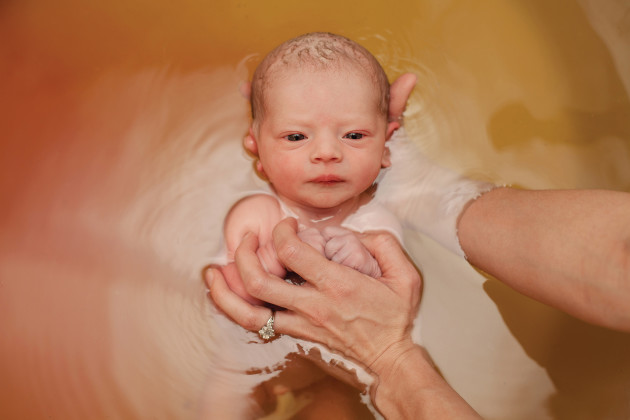
Smart sales
If you do try your hand at generalising, Alex Vaughan offers a sound suggestion. “If you were going to generalise, maybe the way to do it would be by creating different business entities all together, and all with their own websites, marketing and branding.” Taking this approach means that clients are less likely to get confused about what you do and what you specialise in, and not get mixed messages. “I think you would be much more successful if you did that rather than just saying, ‘Hey! I do everything!’” Even if you specialise, it doesn’t mean you can’t do any other work. You can still do that work. It just becomes a question of whether you market it or not, and today, branding representation is crucial.
Leap of faith
Deciding to specialise and focus on a narrow niche can be frightening, unnerving and daunting. However, it can also take your business in new and exciting directions and present opportunities you never believed possible. Specialising can be a strategy to break away from the masses and really make a mark on the industry. Having said that, countless photographers run very successful businesses as generalists. So, while it is clearly easier to stand out and be differentiated as a specialist photographer, generalising provides more flexibility. Like anything there are pros and cons to both. Now all you need to do is choose a path and go for it.
Contacts
Birth |
|
| Keri-Anne Dilworth | www.dilworthphotography.co.nz |
| Natasha Hance | nhancephotography.com |
| Angie Petersen | www.desiretoinspirephotography.com.au |
Animal |
|
| Seth Casteel | www.littlefriendsphoto.com |
| Alex Cearns | www.houndstoothstudio.com.au |
| Ken and Rebecca Drake | www.zoostudio.com.au |
| Tim Flach | timflach.com |
Headshots |
|
| Julian Dolman | www.headshotphotographer.com.au |
| Alex Vaughan | www.alexvaughan.com |
Polar |
|
| Joshua Holko | www.jholko.com |
General |
|
| Ben Vella | www.shooteverything.com.au |










